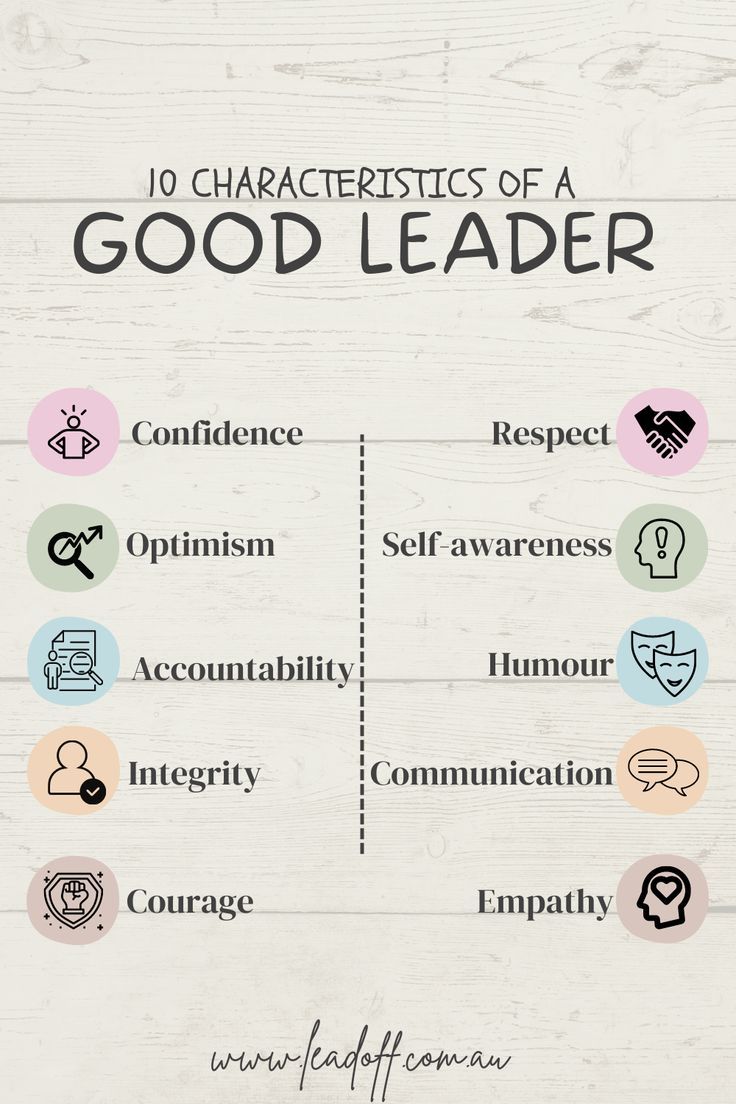Introduction
In every organization, from corporations and nonprofits to schools and government bodies, leadership plays a critical role in shaping the overall direction and success of the institution. As new leaders emerge, it’s essential that they are nurtured and developed through effective leadership training programs. This article focuses on identifying key techniques for growing leaders within your governing body, preparing them to take on future challenges with confidence.
Identifying Potential Leaders
The first step in growing leaders is recognizing individuals who exhibit leadership potential. These individuals often possess keen problem-solving abilities, strong communication skills, and a natural affinity for collaboration. It’s essential for the organization’s existing leadership to create a supportive environment that encourages these traits. Ways to identify potential leaders include:
1.Observational assessments – Monitor group interactions and tasks to determine who naturally takes on leadership roles.
2 .Performance reviews – Analyze past performance evaluations to identify strengths consistent with leadership potential.
3.Peer or supervisor nominations – Allow colleagues and supervisors the opportunity to recommend individuals they feel possess strong leadership qualities.
Offering Professional Development Opportunities
Once potential leaders have been identified, providing them with professional development opportunities can nurture their potential. This investment will not only benefit the individual but also serve the growth and sustainability of your governing body. Training programs might include:
1.Workshops and seminars – Arrange for team members to attend workshops or seminars on topics related to governance and leadership.
2 .Mentorship programs – Pair up-and-coming leaders with seasoned members of the governing body who can share valuable advice and experience.
3 .Formal education – Encourage potential leaders to pursue further education in management, public or organizational administration, or another relevant field.
4 .Online resources – Provide access to webinars, online courses, and other digital learning tools that promote professional growth.
Encouraging Continuous Improvement
To ensure new leaders continue developing their skills and knowledge, it is important to foster a culture of continuous improvement. This requires ongoing support from the governing body and opportunities for self-reflection. Consider implementing the following strategies:
1.Regular feedback – Provide structured opportunities for new leaders to solicit constructive critiques from their peers and supervisors, which will help them understand and address areas for improvement.
2 .Goal-setting – Encourage leaders to set clear expectations for their growth, using both short-term and long-term objectives that align with the organization’s strategic goals.
3.Networking – Connect potential leaders with industry professionals who can serve as mentors or offer insights into best practices.
Conclusion
Cultivating leaders within your governing body is an essential investment that helps ensure long-term stability and effectiveness. By identifying potential leaders, offering professional development programs, and fostering an environment of continuous improvement, your organization will be better equipped to face future challenges under strong and dynamic leadership.





